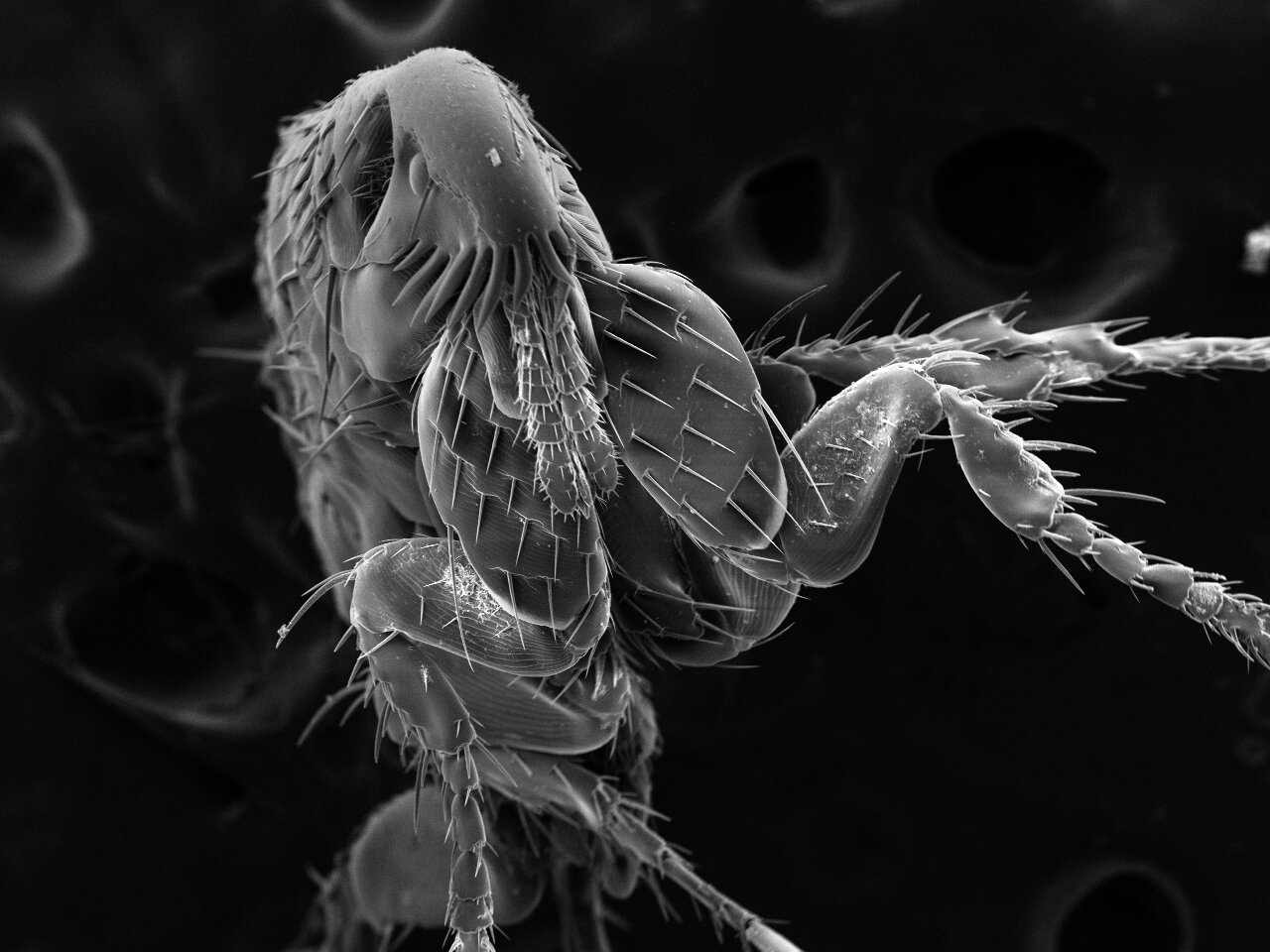Your Indoor Pet Isn’t Safe from Parasites
By Randi Lintrup, DVM, Veterinary Manager, MSD Animal Health Nordic
It’s easy to believe that a cat lounging on the sofa or a dog spending most of the day indoors isn’t at risk from parasites like fleas and ticks. Unfortunately, that’s not the case.

Parasite risk depends on lifestyle and location. Dogs exploring the bush, parks or even gardens can be exposed to ticks and fleas. Indoor cats and dogs can also be at risk, as fleas thrive inside homes and parasites like mosquitoes can fly indoors. Pets travelling with their owners may encounter parasites not usually found in their home region.
Fleas: More than just an itch. Fleas don’t just cause severe itching, they can trigger skin disease, spread infections, and even transmit tapeworm if ingested. Adult fleas on your pet are only 5% of the problem; the majority of eggs, larvae and pupae are hidden in the environment. One female flea can lay up to 50 eggs per day, making infestations fast-moving and difficult to clear without continuous treatment.
Ticks: Not just in the countryside. Ticks are commonly found in parks and gardens as well as rural areas, spread widely by wildlife and migratory birds. Some ticks can complete their entire lifecycle indoors, creating a serious household problem. Beyond irritation, ticks can transmit dangerous pathogens to both pets and people, sometimes with fatal consequences. Daily checks are important, but research shows visual inspection alone isn’t enough for protection [1,2].
What should pet owners do?

Protect pets preventatively, even if they spend most of their time indoors.
Treat all pets in a household to prevent re-infestation.
Consult your veterinarian for the right preventative care, tailored to your pet’s lifestyle and local risks.
Five quick facts about parasites:
- Flea dirt turns reddish-brown when placed on damp tissue.
- Flea bites on ankles may indicate an infestation.
- For every flea seen, many more are hidden in the environment.
- Pets ingesting fleas can get tapeworms.
- Visual inspection alone is not enough to protect against ticks.
Don’t assume your pet is safe – talk to your vet about comprehensive parasite protection. And choose Bravecto® to keep your pet safe from ticks and fleas for 12 weeks in a single dose.
References
- Probst J. et al., Parasites & Vectors (2023) 16(1):70. Year-round tick exposure of dogs and cats in Germany and Austria. PubMed link
- ESCCAP Guideline 3. Control of Ectoparasites in dogs and cats. 7th Edition, January 2022. (cgqtqpf1_0720_ESCCAP_GL3__English_v19_1p.pdf Date accessed June 2024)
ZA-NON-250900003
Subscribe to our Newsletter
Get to know your furry friend better! Sign up for all things dog- or cat-related.
The Hairy Facts about the dreaded hairball
12 April 2021
Help! My dog’s barking mad! Volume 2
12 April 2021
Your Itchy, Scratchy Cat – All About Cat Skin Problems
12 April 2021
The Dog’s Diet: A Bone of contention?
01 April 2021
Mango Fly Worms: How to Spot and Eliminate them
Posted on November 28,2019
Managing Mange And Mites In Your Dog
Posted on June 11,2018
Why Do Cats Purr and How? Learn What Your Cat Is Saying
Posted on October 14,2020
How to Get Rid of Ear Mites in Dogs
Posted on November 06,2019









